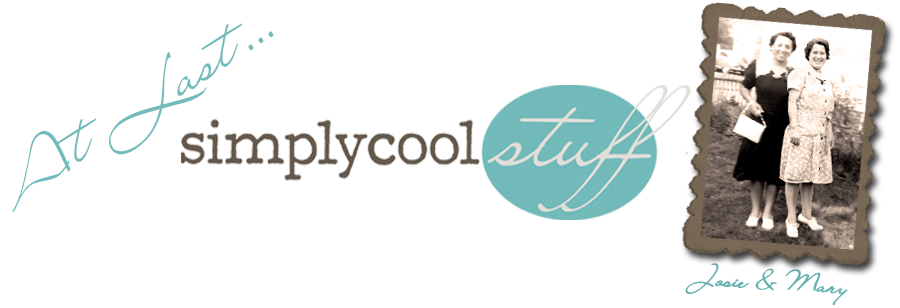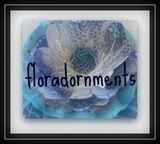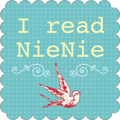Cambridge Glass Co. (1901-1940's) Imperial Glass Co. (1901-1984)
Central Glass Co. (1867-1891)- merged w/ US Glass Morgantown (1899-1971)
Central Glass Works (1895-1939) New Martinsville Glass Co. (1901-1998) to Viking Glass
Consolidated Glass Co. (1895-1939) Paden City Glass Mfg. Co. (1916-1951)
Diamond Glass Co. (1913) Pairpoint Mfg. Co. (1837-1880)-merged w/ Mt. Washington
Duncan & Miller (1865-1955) Tiffen Glass (1889-1980)- merged w/ US Glass
Fenton Glass Co. (1905 - Present)
Fostoria (1887-1983)
Heisey Glass Co. (1896-1957) -Imperial Glass bought molds
A.H. Heisey encompasses all the best qualities of Elegant Glass. Its founder Augustus Heisey was born in Germany in 1842 and moved from PA to OH, opening his company in 1886. Heisey glass is known for its high quality finish and beauty. All pieces made after 1908 are marked with an 'H' inside a diamond Logo. Upon Augustus' death in 1922, his son E.Wilson, trained as a chemist, introduced a cool line of colors into production: Hawthorne (pale lavender), Alexandrite (deeper lavender), Moongleam (light green), Steigel Blue (cobalt), Sahara (the first true yellow), Flamingo (pink), Zircon/Limelight (aqua), and Tangerine (orange/red).
Prices of Elegant Glass vary considerably depending on the Manufacturer and availability of a particular pattern. I recently came across a Heisey 'Empress' pattern serving plate in the Tangerine color, priced at $3,395.00.....Happy Hunting!
Priscilla pattern (1904-1929)
Victorian pattern (1933-1953)
Heisey Glass Patterns
1900 - 1920 Colonial Line introduced. Heavy, pressed glass with ribs, scallops, and pleats. Over half of Heisey's glass is derived from one of the Colonial patterns. Many molds were melted for the WW I war effort. Blown, Etched and Cut glass began in 1917. Candlesticks and candelabras introduced.
early 1900 Beaded Swag 1907-1932 Banded Flute
1899-1933 Peerless (first Colonial line) 1907-1957 Colonial
1903-1938 Puritan (Old Williamsburg) 1908-1935 Narrow Flute
1904-1929 Priscilla 1909-1924 Colonial Scalloped Top
1905-1929 Medium Flat Panel 1910-1935 Wide Flat Panel
1905-1933 Patrician 1912-1930 Greek Key
1907-1913 Queen Anne 1913-1957 Revere
1913-1957 Yeoman (Imperial Glass)
1920-1930 Table service patterns introduced. Blown, decorated, etched and cut elaborate designs. Colonial revival with color.
1920-1933 Phyllis 1923-1944 Rib and Panel
1930-1937 Mayflower 1925-1937 Pleat and Panel (first luncheon plate)
1922-1933 Sharon 1926-1935 Charter Oak
1928-1937 Twist (Art Deco)
1930-1940 Repeal of Prohibition (1933): drinking & smoking = glassware and ashtrays. Cool colors introduced: Sahara, Alexandrite - 1930, Steigel Blue, Tangerine - 1932, Zircon - 1936.
1930 Revere 1933-1935 Ipswich
1930 Tudor 1935-1936 Ribbed Octagon
1930-1957 Crystolite 1935-1944 Ridgeleigh
1931 Saturn 1937-1941 Fern
1930-1941 Carcassone 1938 Sunflower
1930-1950 Empress 1938-1950 Whirlpool
1931-1956 Old Sandwich 1939-1955 Minuet
1933-1941 Victorian 1950-1957 Provincial (Whirlpool)
1933-1952 Tally Ho 1950-1957 Queen Ann (Empress)
1940-1950 Etched and cut patterns coordinate with silver and china. Heisey animals introduced as seen on the movie, The Glass Menagerie starring Jane Wyman (1950).
1940-1952 Waverly (Oceanic) 1948-1957 Plantation Ivy
1940-1957 Orchid 1949-1957 Rose
1941-1957 Lariat 1950 - 1957 Thistle, Bee Hive
A. H. Heisey & Co. closed its doors in 1957, a victim of cheap imports and the preference towards china and crystal place settings. Yet, due to its remarkable quality and prolific numbers, Elegant Glass can still be had to grace your home with grand style and history.
















